Camponotus Maculatus
68,90 €
Camponotus spotted
Breeding level: Beginner
Monogyne Colony
Hibernation: No, but a winter break from November to March at room temperature is recommended.
Type of nest: All types of nests will follow them, tube foundation and then dry nest with a drinker in the hunting area.
Description: Camponotus maculatus are among the largest and most beautiful ants in Africa. They are very aggressive and defensive. but only attacks when the nest is disturbed with very powerful mandibles
At Wildants, all our Queens are accompanied by workers to ensure the good fertility of the gynes sold!
Out of stock
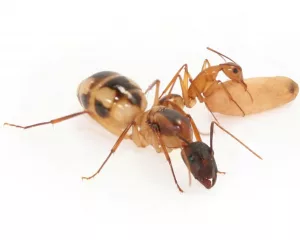
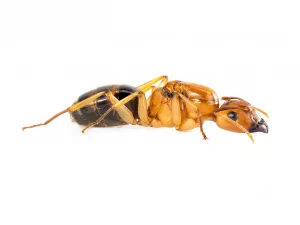
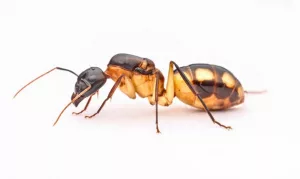
FAMILY: Antidae
SUBFAMILY: Formicinae
TRIBE : Camponotini
Genus : Camponotus
SPECIES : Camponotus spotted
TAXONOMIST AND YEAR OF DESCRIPTION : Species discovered by Johan Christian Fabricius in 1782.
VERNACULAR NAMES : “Fast galloping ant” because of its great speed.
SYNONYMS AND OLD USED NAMES : There are more than 60 synonyms of Camponotus maculatus.
Gender etymology: “Campo” is a root from the Greek “kampé”, meaning “curved” and “notus” is a Latin root meaning “back”.
Etymology species: From the Latin “macula” which has the second meaning “yellow spot”.
MORPHISM: This species is highly polymorphic, with individuals sometimes twice as large as others within the same colony.
BEING PART OF A GROUP OF CRYPTIC SPECIES: No: this species is easily distinguished from all the other Camponotus in its region… or at least from all the Camponotus described from its region.
DESCRIPTION: Camponotus maculatus is a relatively large species of African Camponotus with a very variable color depending on localities and morphs, varying from yellow to black through orange and more rarely light brown.
It has 3 castes of workers (major, media, minor). Majors are very imposing, the largest measuring almost the size of the gyne and having very powerful mandibles. According to observations, the media mainly serve as “honey pots” and take care of moving the brood. The hairiness is relatively weak, leaving a very smooth and shiny appearance of the integument. It is Camponotus with the greatest number of subspecies and morphs (patterns).
Camponotus maculatus is the eponymous and therefore main species of the maculatus complex.
DESCRIPTION OF THE BIOTOPE: Camponotus maculatus is a species of plains and dry forests, it is found in the bush, in grassy or lightly wooded savannah and in areas with low vegetation. Its biotope is rather dry and it is only observed at low altitude. The workers forage alone or in small groups in the grass carpet forming their biotope.
DEMOGRAPHY: 10,000 individuals, although this type of colony is very rarely observed.
BEHAVIORAL FEATURES: Although the small colonies are very discreet because they are subject to strong pressure, this species is very dominant in its environment. Large colonies are very aggressive, competing with large Ponerinae or Myrmicinae. They are able to defend themselves by depositing drops of formic acid on their prey/aggressor. In this species, we observe a significant number of trophic relationships (trophallaxes). Foragers can be observed very far from their nest.
Majors are very aggressive when disturbing the nest. Workers are known to be among the fastest Camponotus in the world in certain localities. In fact, they are forced to exceed a certain speed limit so as not to burn their legs when the sun is high in the sky.
FOOD: In nature this species feeds mainly on honeydew and nectar coming from the aphids (or aphids) that it raises and the succulent plants present in its ecosystem. This species is also frugivorous and scavenger and will therefore feed on insects or more rarely on meat. It is therefore an omnivorous and rather opportunistic species, although in captivity some colonies can become difficult over time. In captivity we will feed this species with sweet liquids based on honey, milk, brown sugar or any other mixture, some organic fruits and live insects (adapt the prey to the colony), freshly killed or frozen.
GYNIA: This species is strictly monogyne and practices neither oligogyny nor pleometrosis.
FOUNDATION: The foundation is independent and claustral. The gyne does not leave its chamber and feeds its larvae with its reserves until the arrival of the first workers.
DEVELOPMENT CYCLE: The cycle of Camponotus maculatus is heterodynamic. Diapause is triggered by the animal’s biological clock.
Interesting fact: For some scientists, Camponotus maculatus is an example of a species which, due to its variable genetic diversity, could locally divide into several distinct species in the thousands of years to come (speciation). It is also interesting to note that this species is extremely close genetically to Camponotus substituteus, although these two species have geographically and chronologically had no contact during evolution.
Only logged in customers who have purchased this product may leave a review.
Related products
Fourmis
Fourmis
Fourmis
Fourmis
Fourmis
Fourmis
Fourmis
Fourmis

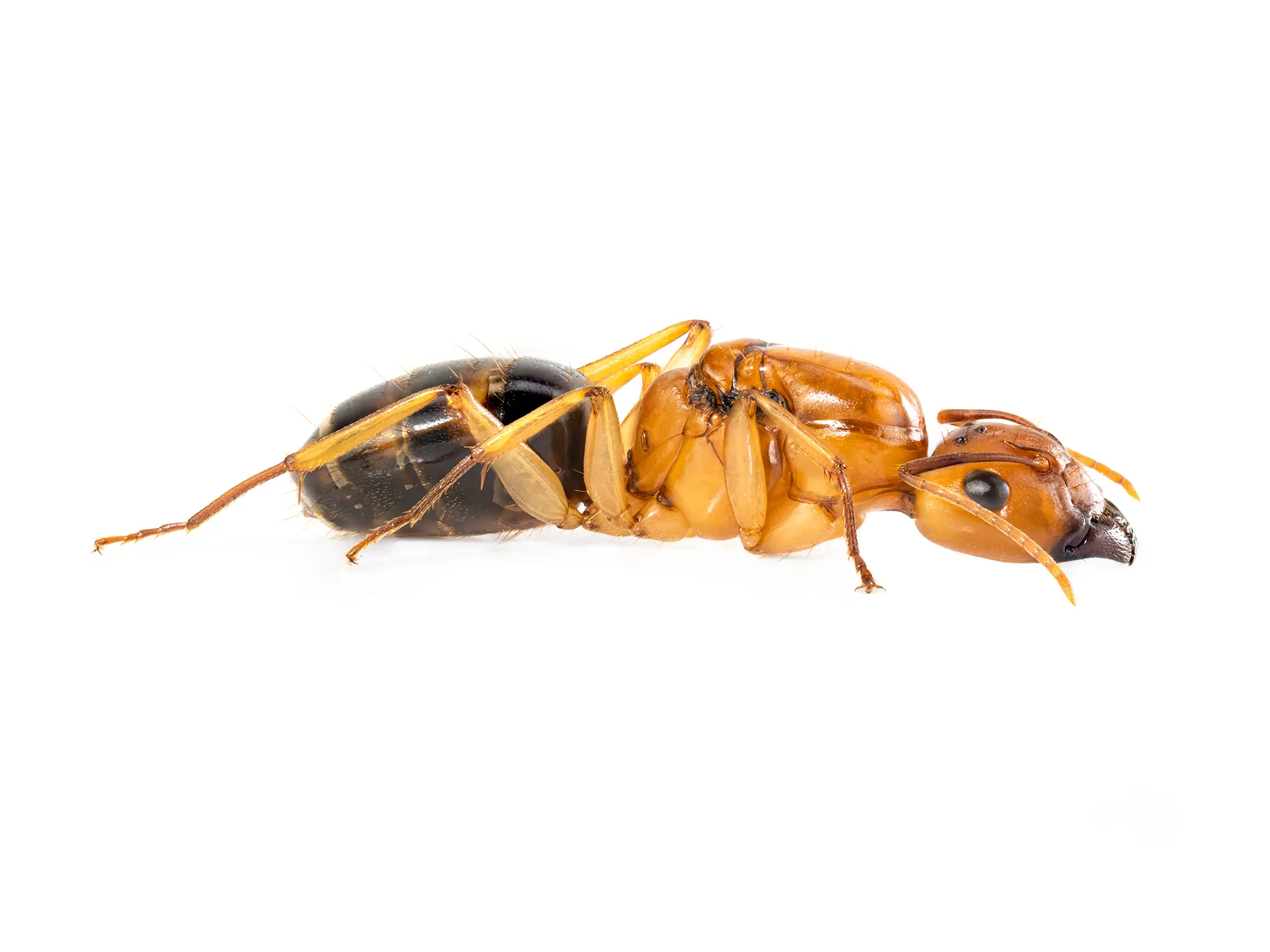
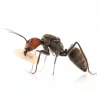
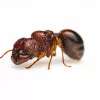
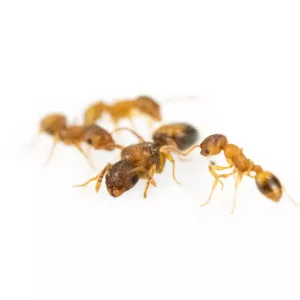
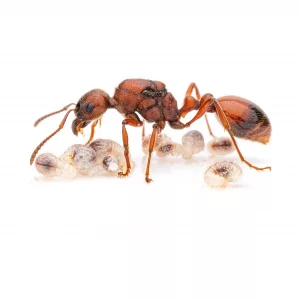
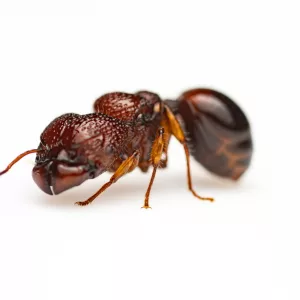
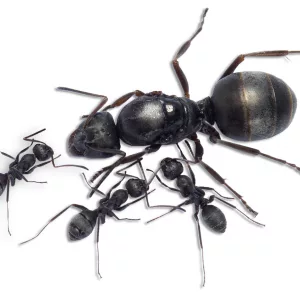
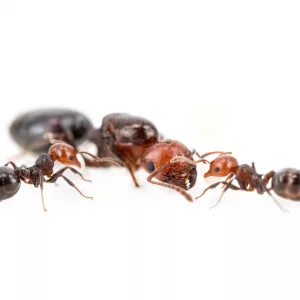
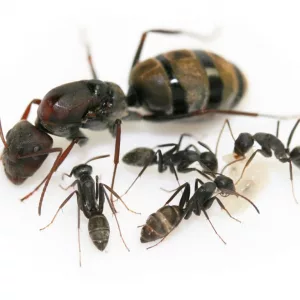
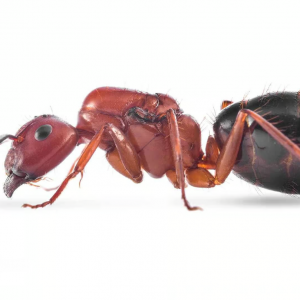
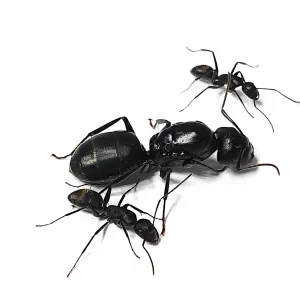
Reviews
There are no reviews yet.